Description
SAMBUCUS nigra ‘Golden Tower’ belongs to the plants of the future. This European elderberry is perfectly resistant to drought (after about two years of planting).
It grows in a very narrow column with a width of 60 to 70 cm for a height of 2.50 m to 3 meters.
In addition, its very laciniated yellow foliage gives it the appearance of a Japanese maple. The very bright leaves bring an interesting touch of color in the middle of summer, when there are far fewer flowers in the gardens. In addition, this small shrub develops large, flat, white flowers in abundance in the spring.
To view our other SAMBUCUS variants currently available for sale, please click here.
How to plant SAMBUCUS nigra ‘Golden Tower’
This European elderberry with very jagged yellow foliage and a columnar habit is an undemanding shrub. As a result, it is aimed at both beginners and experienced gardeners.
As we have already indicated, once taken in the ground, this plant is really resistant to drought. You can plant it in a pot or in the ground. Find a spot for it in full sun. The more sun it receives, the more yellow its leaves will turn.
SAMBUCUS nigra ‘Golden Tower’ is satisfied with moist, moderately moist or dry soil. It tolerates any pH. The soil can be light, normal, or heavy. Of course, it survives without difficulty at temperatures below -20° C.
Although this shrub takes up little ground space, it easily accepts pruning.
For a good preparation of the pot, we have designed specific instructions available here.
History and origin
The type species, SAMBUCUS racemosa, is endemic to Europe, temperate north Asia, and North America across Canada and the United States.
SAMBUCUS racemosa has been used as a medicinal plant by Native American peoples. They used it, among other things, against diarrhoea, colds and coughs.
Native American peoples also used them for eating after cooking them.
Birds love the fruits of SAMBUCUS racemosa while the flowers attract butterflies and hummingbirds.
Red elderberries are widely used as an ornamental plant in traditional and wild gardens.

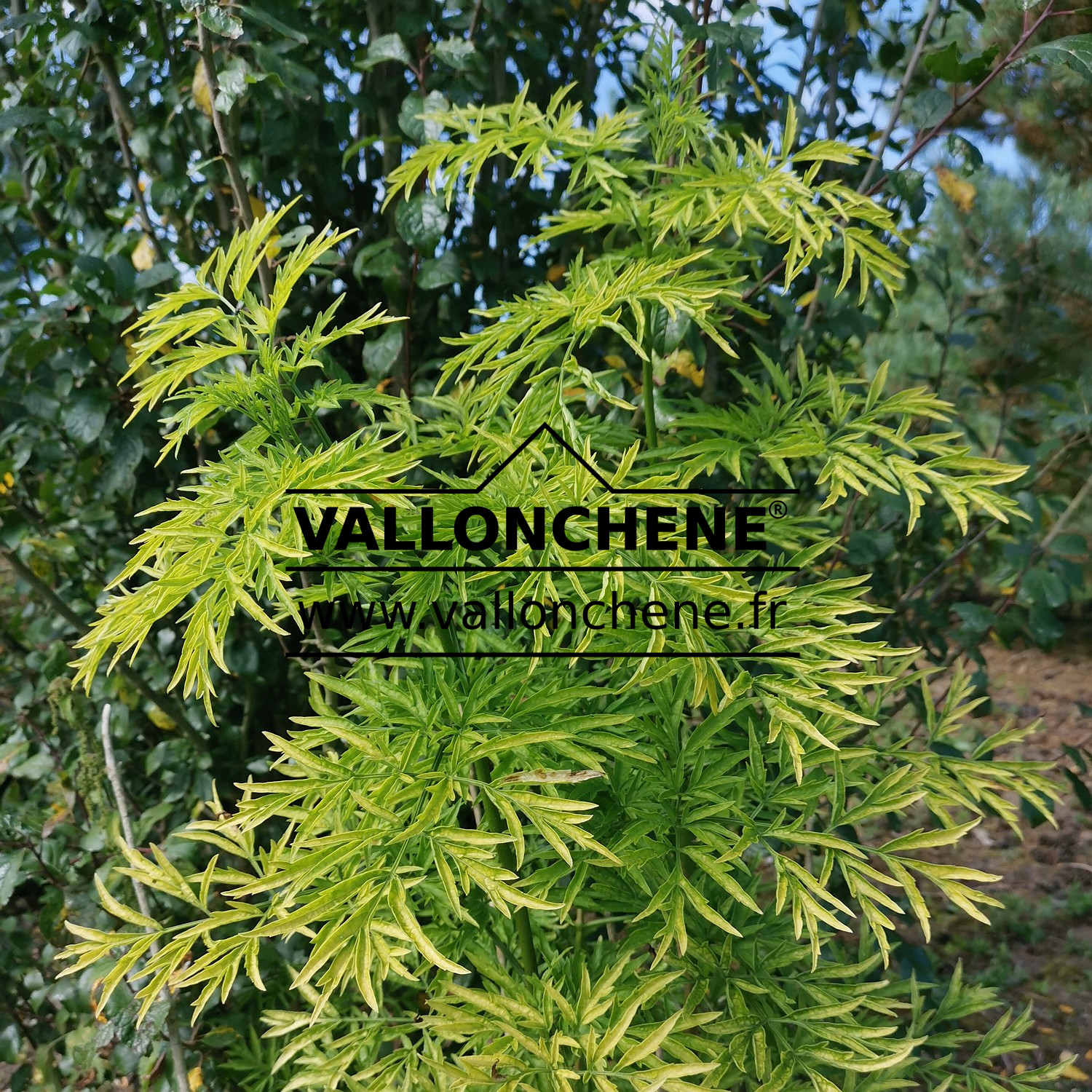
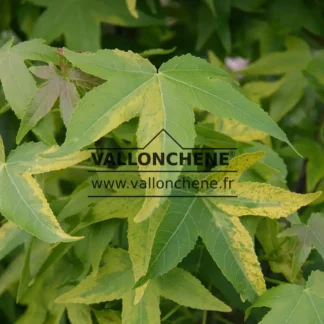
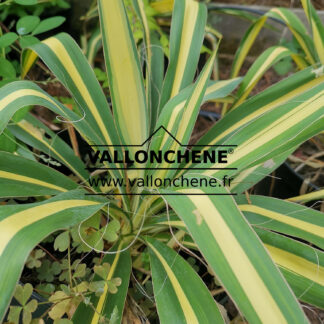
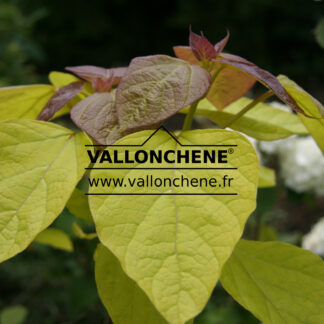

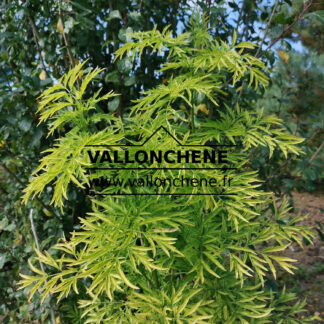
Reviews
There are no reviews yet.